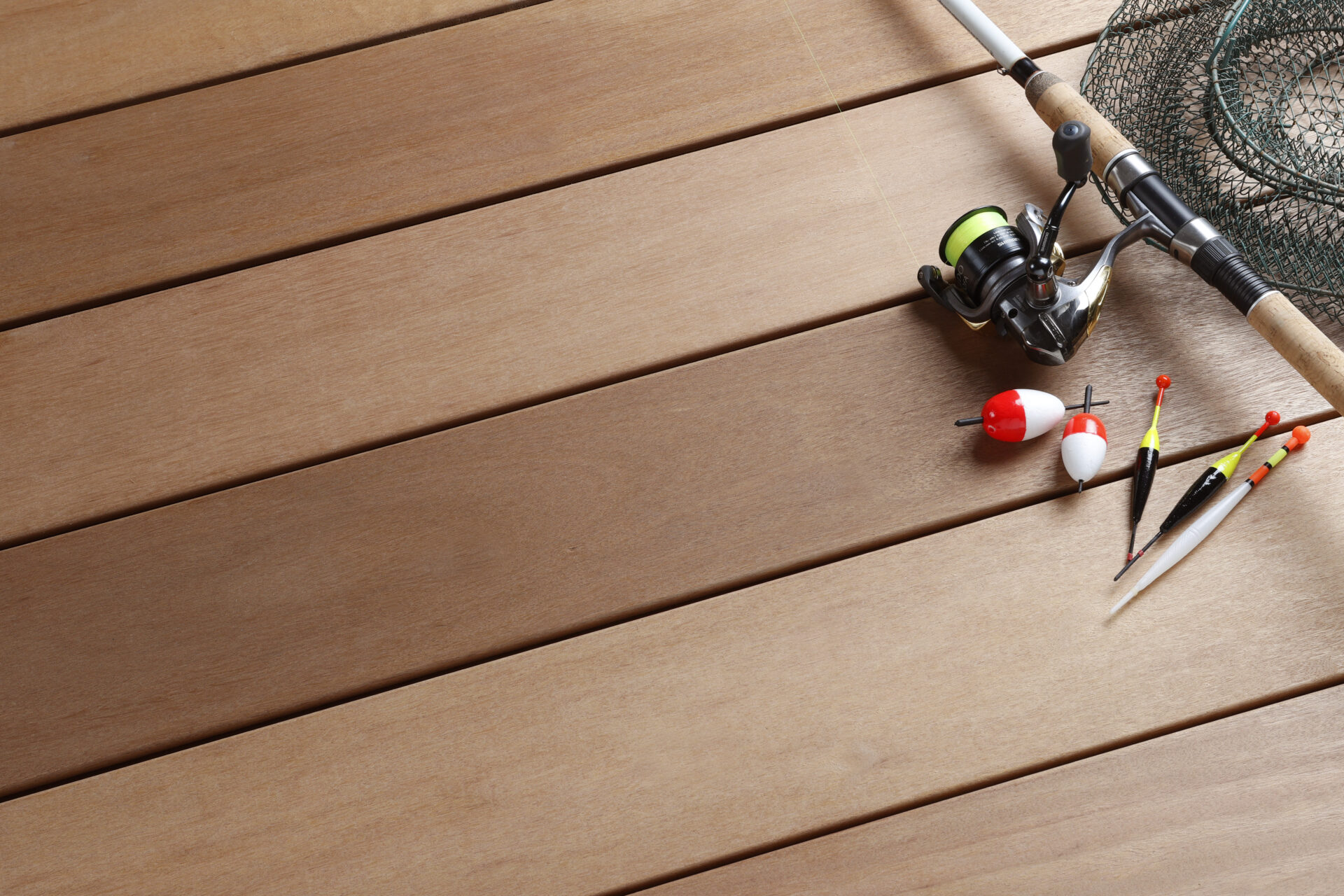- Home
- Deck Boards
- TIARA decking
TIARA decking
A smooth, dense and durable decking board
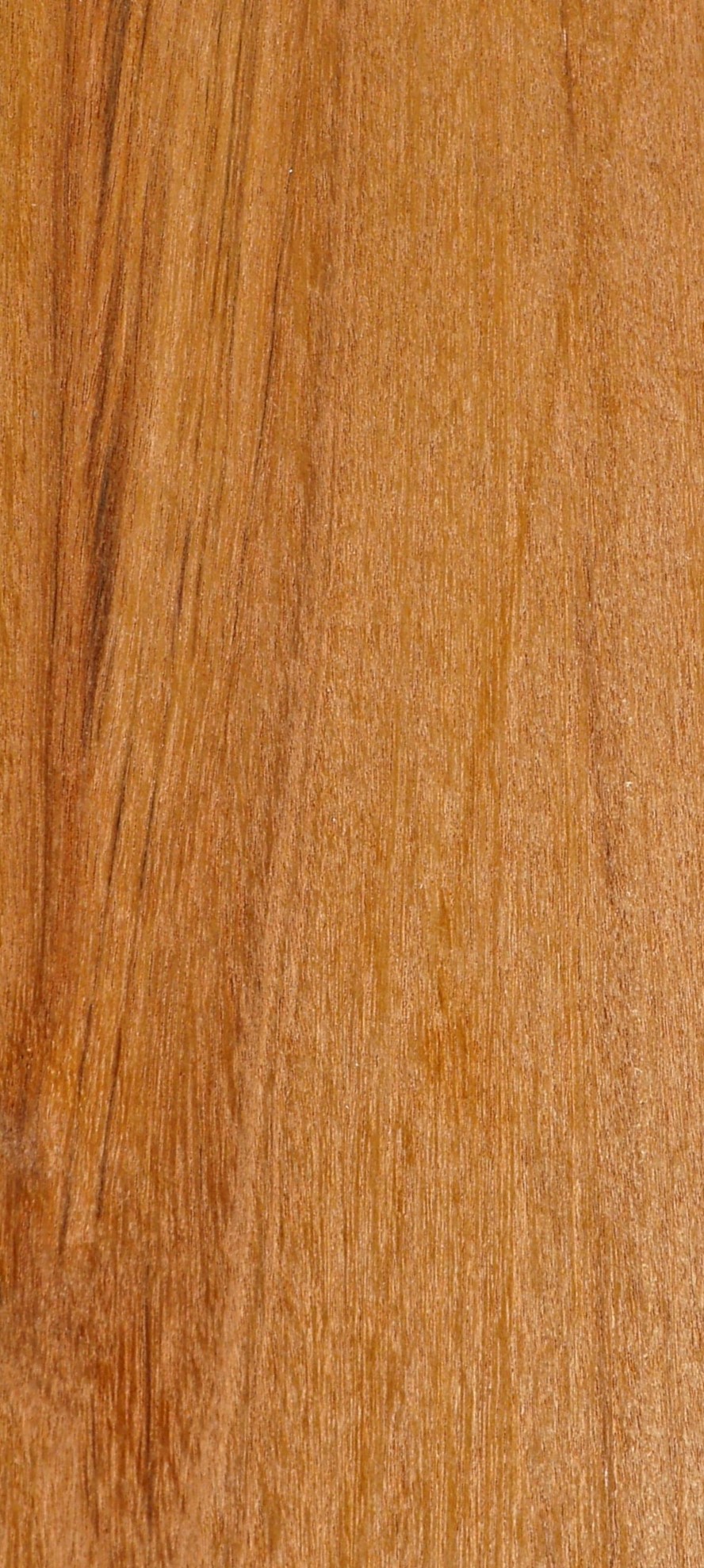
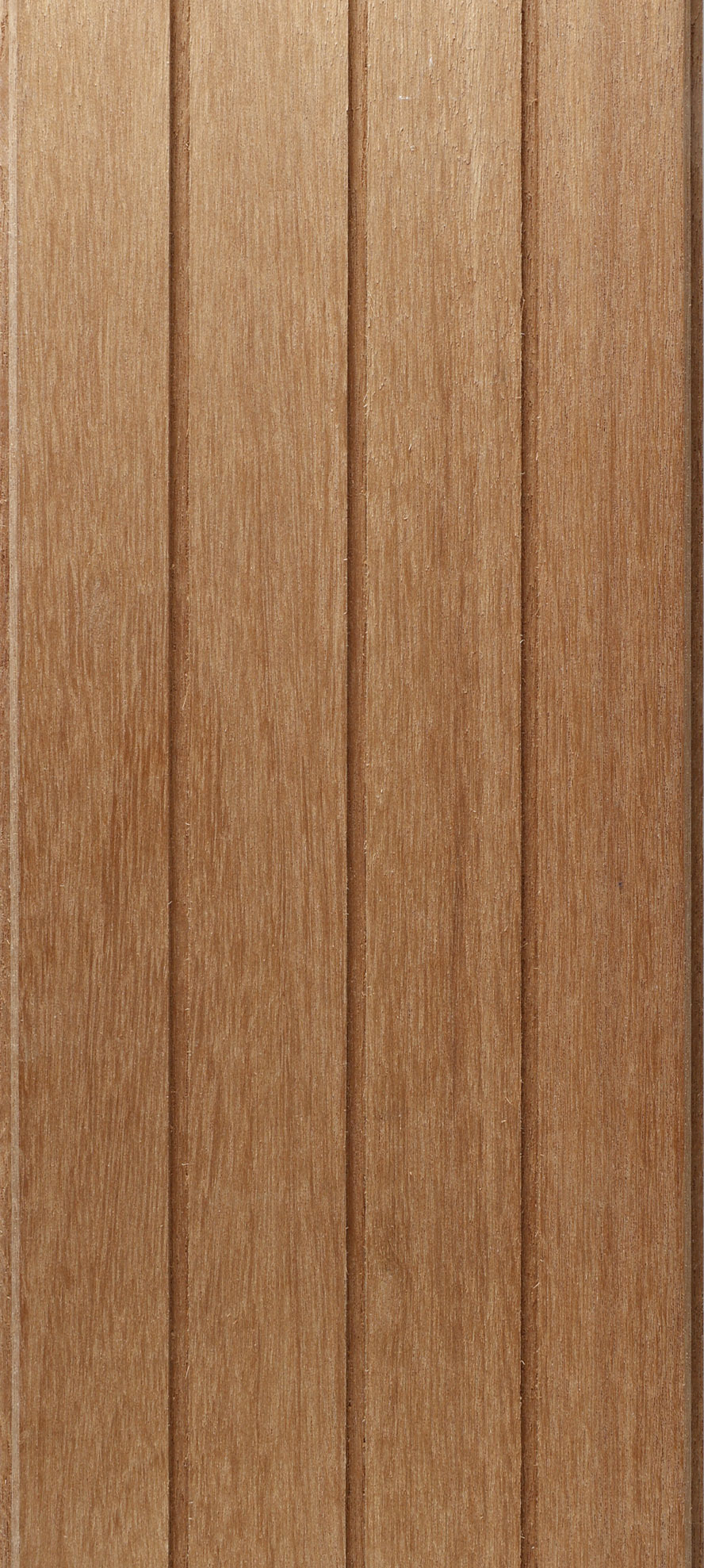
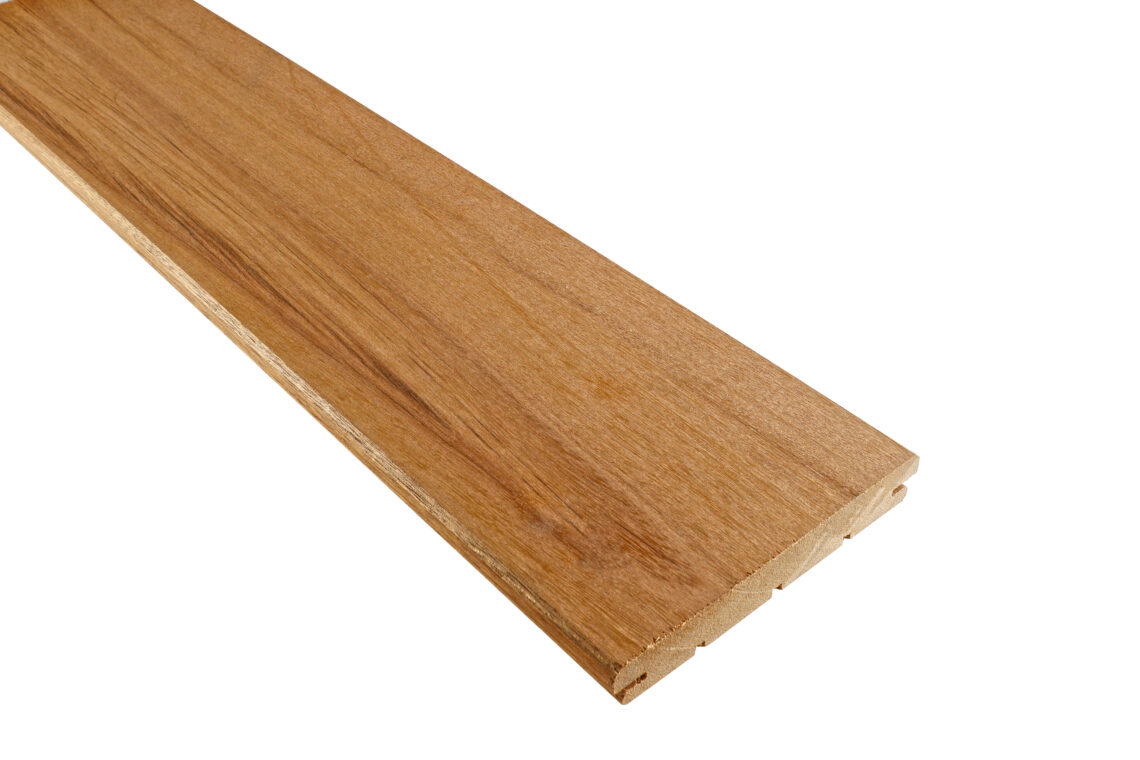
- Legal and certified tropical hardwood
- Sustainability class 2
- Installation with fastening clips
- FSC® certified
- Easy to handle, density: 660kg/m3
- Stable, oven-dried: 13-14%.
A durable board that is easy to install
The TIARA decking board in Louro Gamela is available in two profiles:
- A profile with 2 smooth sides, to be installed with Cobra Hybrid 8-25 fastening clips
- A profile with 1 smooth side and a grooved underside, to be installed with the Bfix fastening clips
Louro Gamela is an exotic wood from the Brazilian rainforests. This wood is known for its high stability and durability.
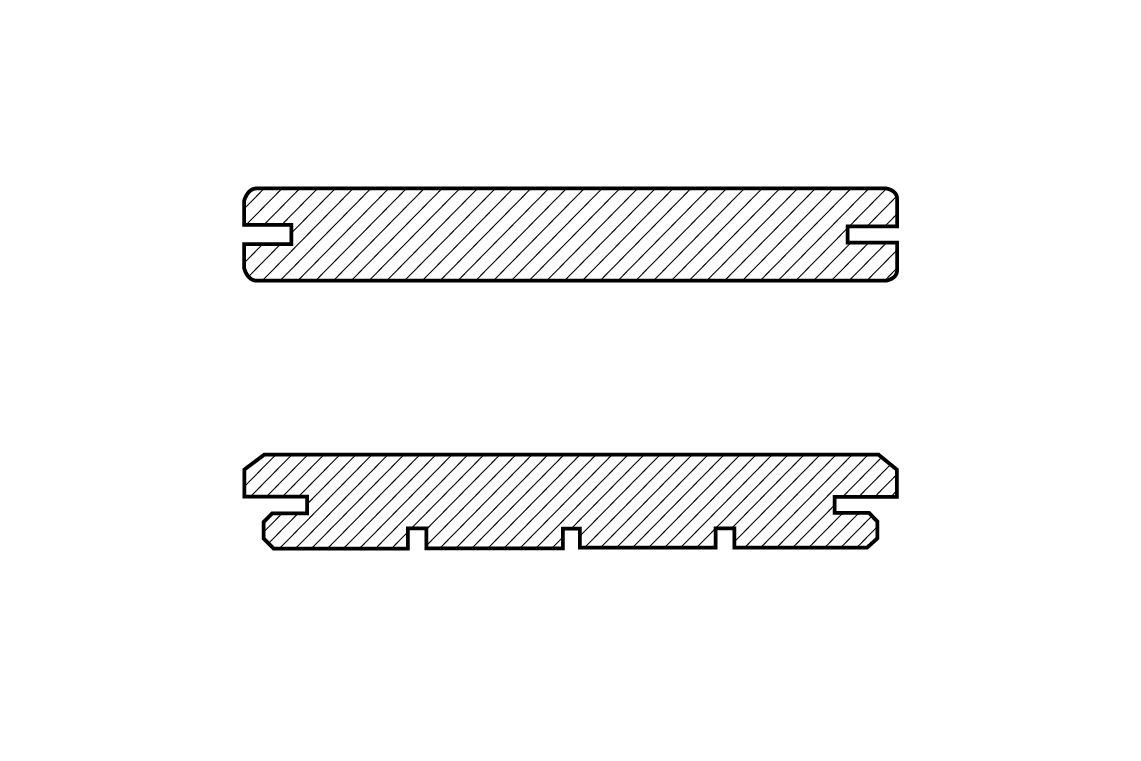
- 21 x 145 mm
- Planed board, smooth
- Installation with Cobra clip 8-25 / Bfix clip
Characteristics
Radial : 4,5%
Clips Bfix (1 smooth, 1 grooved board)
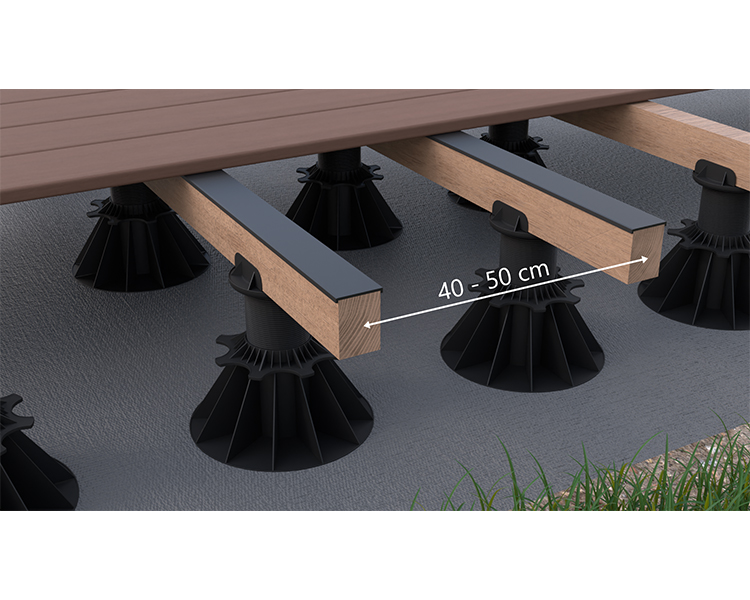
Installation of the joists
Plan a centre-to-centre distance of 40 and 50cm between joists. This distance is specified for each of our profiles in the attached table.
The joists must be laid with a slope of 2% in the longitudinal direction of the boards to allow rainwater to run off. This 2% slope must be strictly observed!
Water must also be able to flow under the structure. The joists must be supported on rubber pedestals or supports.
Protect your joists and increase their lifespan: Use the Bitudeck bitumen strip to cover the joists and prevent water infiltration at the fastening points.
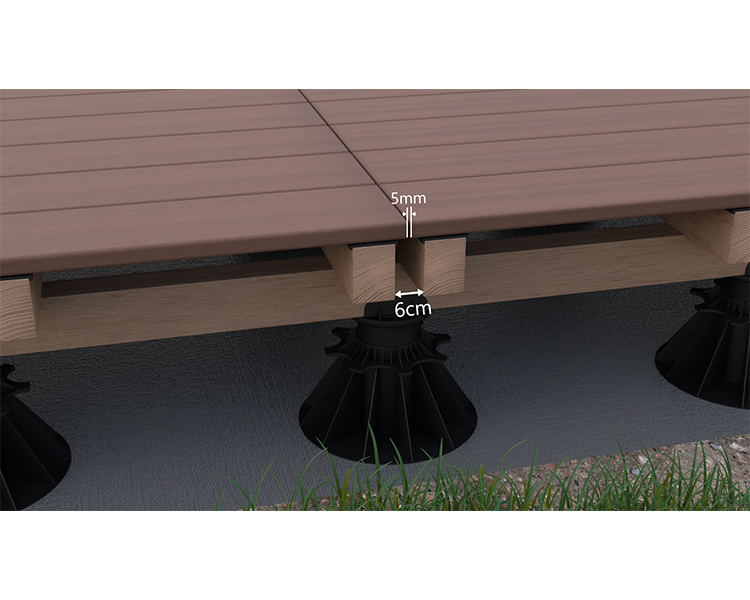
Double joisted and cross joisted
Double joisting allows for water to flow between board extremities. Distance between board extremities must be between 4 and 6 mm and distance between the end of the boards and the joist must be between 20 and 30 mm.
Cross joisting
For a faster and longer lasting installation, we recommend cross joisting.
A layer of joists is fixed perpendicularly on a first layer of rafters. The flatness of the deck is easier and quicker to adjust, and ventilation is improved.
In the case of loose and poorly stabilised soil, we recommend the use of galvanised steel foundation ground screws to ensure effective and durable anchoring of your deck.
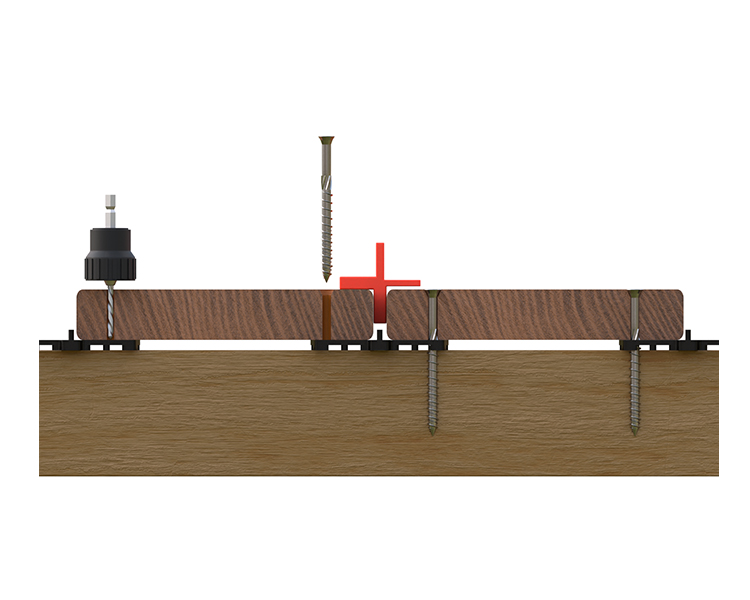
Fixing the boards to the wooden joists
Spacing between the decking boards should be kept between 5 and 7mm (taking into account a wood moisture content of 14-16% at delivery). Use board spacers during installation.
| Humidity of the boards | from 12 to 17% | from 18 to 22% | > 23% at H > PSF |
| Thickness of the spacer shim | 7 or 6 mm | 5 or 4 mm | 3 or 2 mm |
To avoid water being trapped between the boards and the joists, we recommend the use of a ventilation wedge of the Airspacer type. Air circulation under the boards prevents any moisture settling.
Ensure good ventilation of the boards
Never completely close the skirts of the deck to "let the air circulate". Leave a ventilation space of 2 cm between floor and skirting. The minimum space between the decking boards and the ground should be 4 cm to 10 cm for damp floors.
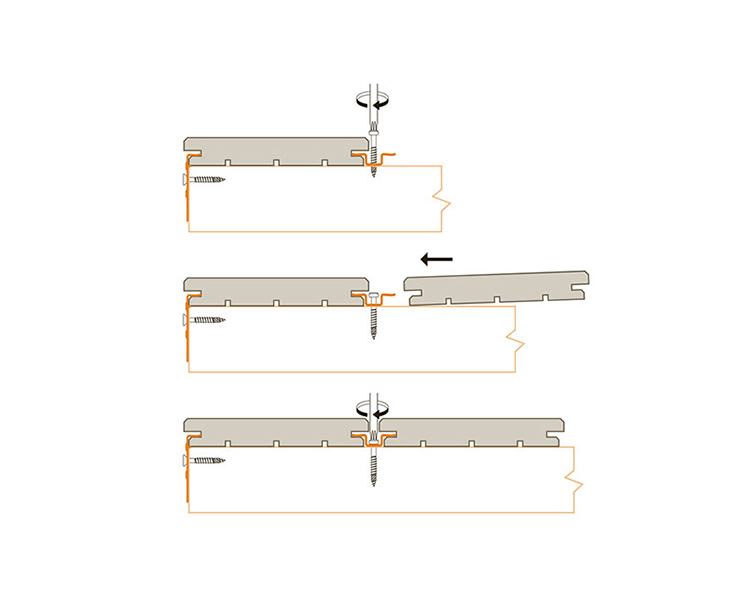
Fastening the boards with Bfix fasteners
Please take into account the centre-to-centre distance between joists (40 cm). 2 fasteners must be used for the board joints.
Step 1
There are suitable start / end fasteners to fasten the first board to the edge. Place the first board and then insert the fastener. Drill the screw hole with a 4 mm drill bit in the wooden joists.
Step 2
Screw in the screw about halfway down, or up to groove height.
Under no circumstances should the screw be screwed in completely, otherwise the next board will not be inserted correctly. Do not "knock". Insert the next board as close as possible to the first board. It is important for this board to also be precisely aligned.
Step 3
Firmly screw in the fastener. The lower part of the fastener must always be accurately adjusted to the joist for a perfect fit so that it may provide a forced fit.
For aluminium joists, we recommend using 2 EPDM splicing tapes between the fasteners to avoid screw breakage. Use screws suitable for aluminium joists. Wood screws are only intended for wooden joists.
All FelixWood woods comply with the European Union Forest Law Enforcement, Governance and Trade Regulation (EU FLEGT). We scrupulously check the certificates of origin of the forest plots. All stages of production, from tree to shipment of the wood are traced and identified. We ensure continuous audit of all our suppliers in accordance with EU FLEGT. As such, 100% of our timber is of legal origin.
But beyond that, we are significantly increasing the proportion of our FSC-certified wood every year.
When buying FSC-certified FelixWood timber, you can be sure you are helping the local population taking care of its forest, ensuring its subsistence and its regeneration according to strict legal rules. For more information click here.
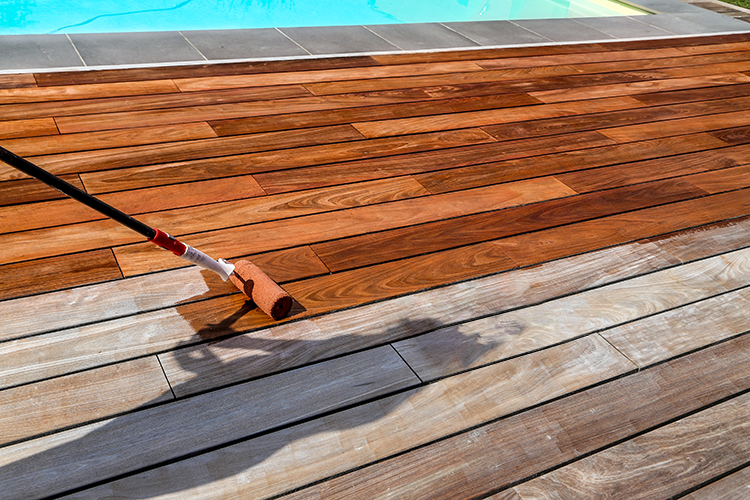
Maintenance of TIARA deck boards
Wood turns grey and the surface cracks due to the weather. We recommend oiling the surface, thereby reducing these effects. Only use non water-based non film-forming oils.
Caution: check in advance whether the oil is suitable for the type of wood used. Application of the oil is necessary at least once a year or even several times, depending on location and weather conditions.
After the winter, clean your decking against moss, which represents an increased slippery risk. Never clean with a high-pressure jet.
CAUTION : The appearance of black spots is quite common. These spots, grey or black, spike shaped, are often mistakenly confused with mould. This is a fine metal particles oxidation reaction on the surface of the wood. They can come from a variety of sources (lawn fertilizer, plaster and cement, metal dust from cutting work, etc.). This phenomenon can occur suddenly, after moisture deposit on the deck (dew, rain, etc.).
If this happens, see the information sheet: iron oxide / oxalic acid reaction.
